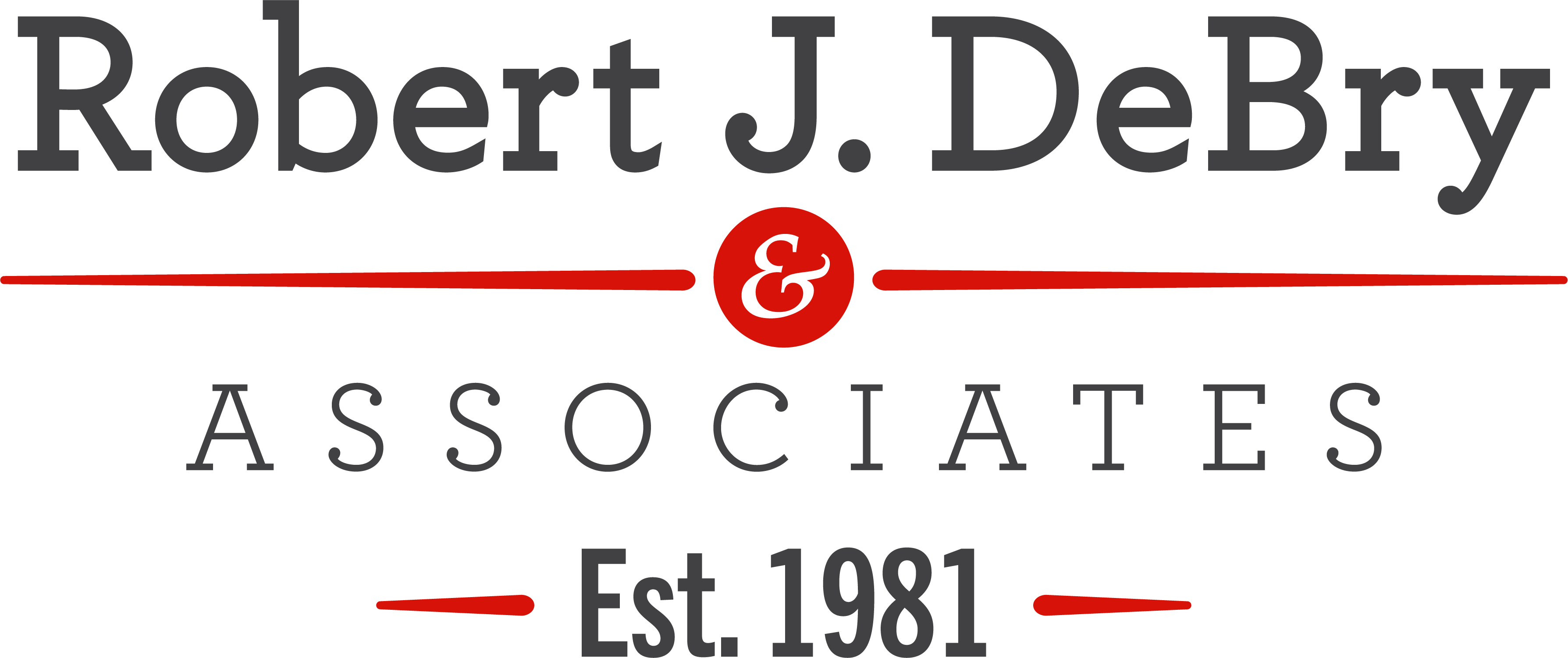What Is the Standard Fee for a Personal Injury Lawyer?
If you’ve been injured and are considering legal representation, you’ve likely wondered:
What does it cost to hire a personal injury lawyer?
Most personal injury lawyers work on a contingency fee basis, meaning you don’t pay unless they win your case.
This post explains the standard fee structures, what they include, and how to know if you’re paying a reasonable rate.
Understanding Personal Injury Lawyer Fees
The Most Common Fee Structure: Contingency Fees
A contingency fee is a payment model where your lawyer gets paid only if you win.
Instead of hourly billing, the lawyer takes a percentage of your settlement or court award.
This model helps injury victims who can’t afford upfront legal fees.
Benefits include:
- No payment if the case fails
- Incentive for your lawyer to win
- Predictable cost as a portion of your winnings
Contingency fees make personal injury law accessible, especially in cases involving auto accidents, slip and falls, or workplace injuries.
Hourly and Flat Fees: Rare Alternatives
Although uncommon, some personal injury lawyers may charge:
- Hourly rates: Billed for each hour worked; risky for clients with limited budgets
- Flat fees: A fixed cost regardless of case duration or outcome
These models are more typical in business law or contract disputes, not injury cases.
Clients should be cautious with non-contingency fee arrangements in personal injury cases unless the matter is unusually simple.
Expenses vs. Fees: Know the Difference
Legal fees and case expenses are not the same.
Fees refer to lawyer compensation.
Expenses include:
- Court filing fees
- Medical record requests
- Expert witness fees
- Deposition costs
Most firms front these costs, deducting them from the final settlement.
It’s essential to clarify this in your agreement.
What Is the Average Contingency Fee?
Typical Range and Why It Varies
The average contingency fee for personal injury lawyers in the U.S. is 33% to 40% of the recovered amount.
Example:
- $100,000 settlement
- 33% fee = $33,000 to the attorney
Factors that affect the percentage:
- Region (fees in large cities are often higher)
- Law firm reputation
- Case type and risk level
How Case Complexity Affects Fee Percentage
Simple cases that settle quickly may be charged at the lower end of the range.
If the case goes to trial, fees often increase to 40% due to added time and resource demands.
Litigation involves:
- Depositions
- Expert witnesses
- Court appearances
Always ask how the fee changes based on case progression.
What Services Are Included in the Fee?
Legal Representation from Start to Settlement
Most contingency fees include:
- Initial consultations
- Filing court documents
- Communicating with insurers
- Representing you in settlement discussions
Your attorney should handle all paperwork, legal arguments, and correspondence.
You focus on recovery while they manage the claim.
Case Evaluation, Filing, and Negotiation
Included services typically cover:
- Reviewing evidence and medical records
- Calculating damages
- Drafting demand letters
- Negotiating with adjusters
Good lawyers also prep your case for trial in case the settlement fails.
Clarify what’s included before signing.
Are There Any Upfront Costs?
Court Fees, Filing Fees, and Medical Records
Most personal injury firms cover:
- Filing fees (often $200–$500)
- Costs of acquiring police and medical records
- Court-related expenses
These are reimbursed from your final award.
Still, ask for a written breakdown before proceeding.
How Costs Are Reimbursed
Once your case concludes:
- The firm deducts its fee
- Then subtract case expenses
- The rest goes to you
Example:
- $50,000 settlement
- $16,500 lawyer fee (33%)
- $2,000 in expenses
- You receive $31,500
Ask for an itemized settlement sheet.
How to Evaluate if a Lawyer’s Fee Is Fair
Questions to Ask Before Signing a Contract
Before hiring:
- What’s the exact contingency rate?
- Will it increase if we go to trial?
- Who pays case expenses?
- Do you provide a fee agreement in writing?
Clear answers indicate transparency and professionalism.
Red Flags to Watch For
Avoid lawyers who:
- Pressure you to sign immediately
- Are vague about costs
- Refuse to explain fee calculations
Transparency is non-negotiable in personal injury law.
Final Notes
- Standard Fee: 33–40% contingency
- No Win, No Fee: True in most cases
- Expenses: Usually deducted post-settlement
- Fairness: Depends on service, clarity, and case difficulty
Personal injury lawyers are a risk-free way to pursue compensation, but only if you understand how the fees work.
At Robert J. DeBry & Associates, we’ve helped thousands of injury victims recover the compensation they deserve, with no upfront fees or payment unless we win.
Our experienced attorneys are available 24/7 to answer your questions and review your case for free.
Let us fight for your rights while you focus on recovery.
👉 Schedule a Free Consultation
📞 Call us anytime: (801) 888-8888
📍 Serving clients across Utah and beyond



